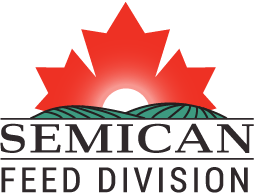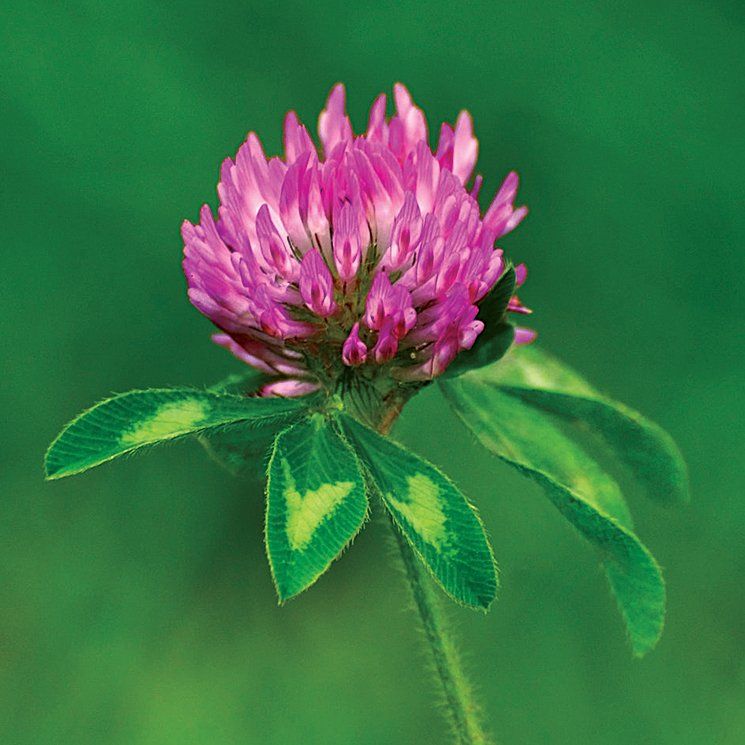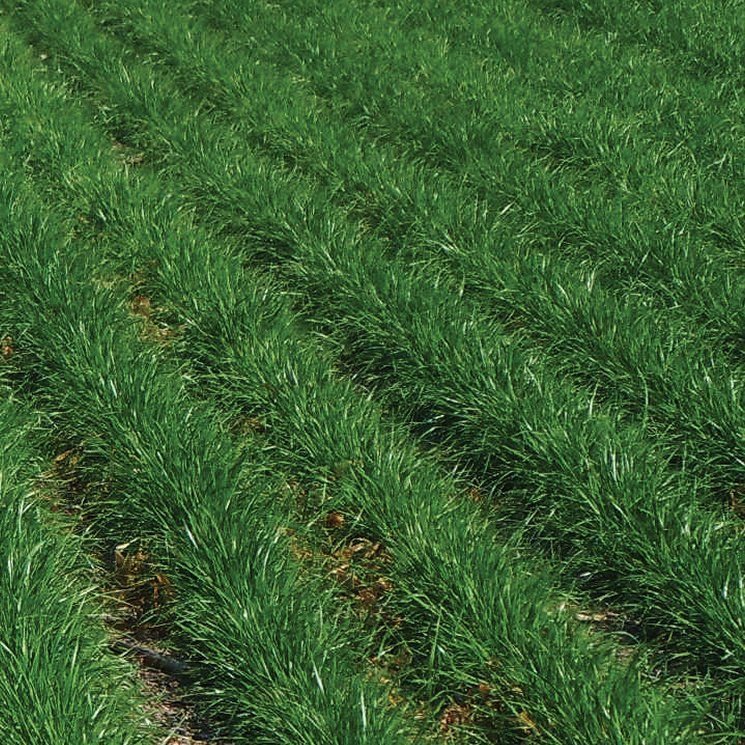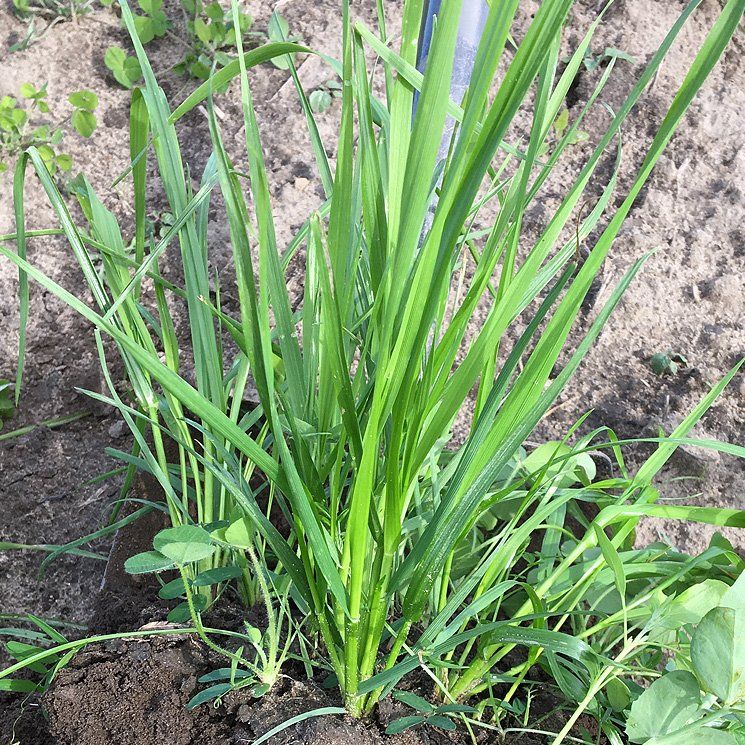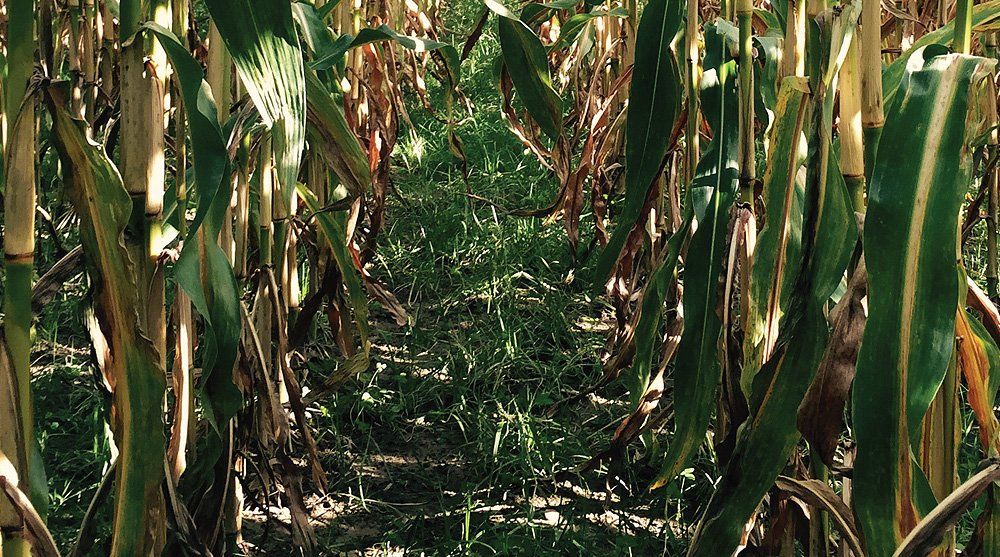INTERCROPS
Intercropping crops and cover crops have grown significantly over the last years and here’s an idea why. Whether it’s for their beneficial effects on soil and structure, to favor diversity in crops, for plants symbiosis or simply for their nutrients input at decomposition time, they bring economic and environmental benefits.
SPECIES
RED CLOVER
Single-cut Red Clover • Double-cut Red Clover
Red clover
is a popular specie in intercropping. It offers an appealing fall cover. It generally doesn’t affect cereal but might be risky during a wet year.
Concerning the choice of mixtures, you will have to choose your type of red clover based on your situation.
Since the
single-cut red clover is less aggressive at first, it will be used in less competitive crops such as barley and mixed grain or in a fall crop whose survival rate in the spring will be medium.
On the other hand,
double-cut red clover, whose establishment is rapid, will be used in oats and wheat crops or in a fall crop with an excellent recovery.
Being winterhardy, special attention to its destruction should be ensured. In conventional form, glyphosate alone won’t always be strong enough to destroy it completely. If the next crop is soybean, it should be completely destroyed in the fall. In organic management, the soil preparation in the fall should be aggressive, tillage should ensure its destruction.
The Italian Ryegrass with its abundant root system will contribute to improve your soil structure and the bearing capacity of your agriculture machinery. It will also reduce the loss by leaching by recuperating excess nutrients. Being non winterhardy, the ryegrass can sometimes survive and may need to be destroyed in the spring. Preferring cool and humid conditions, the planting during a hot and dry summer is risky.

